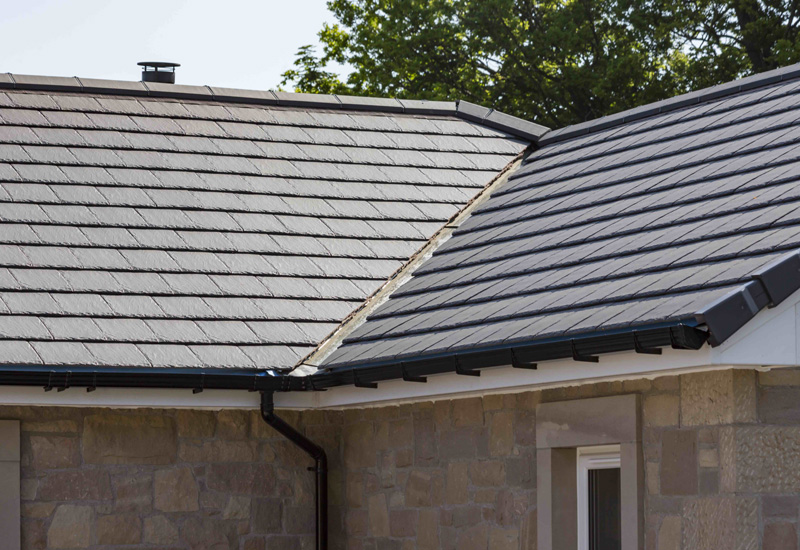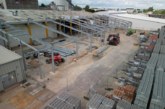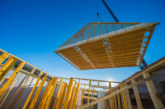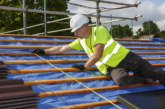
When it comes to roofing, we’re all aware that the industry has adapted and been honed for centuries to form what it is today. With such longevity, you could be forgiven for thinking that the industry is one that rarely sees much change. However, within clay roofing, the market is constantly required to adapt, resulting in the sector experiencing changes and emerging trends. With skilled workers in short supply, new, easier to install tiling systems are becoming ever more popular in order to address this problem. Richard Bishop, Category Marketing Manager for Roof at Wienerberger, examines the market, and current trends in clay tiling.
Within roofing, plain tiles, pantiles and large format clay tiles are very traditional and form the backbone of the British roofscape alongside natural slate, however these more traditional products require a strong skill set to use and install correctly. Within the industry, we’re in the midst of a skills shortage and, in order to offset this, the trend towards favouring interlocking tiles means that roofers are now able to complete the work in a more efficient way. This move towards interlocking tiles has become increasingly common within the market and this technology and modern production technique has allowed roofing solutions manufacturers, such as ourselves, to design and produce tiles that are much simpler to install.
Despite traditional tiling techniques being pushed aside in favour of easier installation methods, the finished roof still boasts the same level of aesthetic as it would have done previously. At Wienerberger, we always strive to champion beautiful roofing, meaning that the ability to lay interlocking tiles in this way is of a huge benefit and roofing solutions can now be offered to suit every need.
This new ease of installation is also altering the practices in each sector. The emergence of the interlocking tile means that the product is being specifically sought out and used by new types of installers, including builders who would normally sub contract to a roofer. This new system has now been established across all Wienerberger ranges where the interlock and the simple to use product has become the introductory level to the various markets. Despite this, clay products still have the ability to meet all required roofing regulations, whilst experienced roofers that are trained in traditional laying methods are still able to use mortar and follow the NHBC mixing guidelines, along with simple mechanical fixing techniques.
These advances in the clay roof tile sector have come as a result of pressure from concrete tiles. Due to concrete products being cheaper, clay tiles have been required to adapt and progress. In changing the product to offer an interlocking mechanism, this has allowed clay roof tiles to remain easy to lay, whilst still boasting the premium feel and style associated with the material.
Clay roof tiles
Clay roof tiles are among the oldest building materials in the world and are an extremely popular choice within the industry. The versatility of clay means that the tiles can be used almost anywhere and for all architectural styles, whether for the construction of single family houses or apartment blocks or offices and public buildings. It also means that the clay product can be utilised to create variations that are styled on other materials, such as slate.
Sandtoft’s Rivius interlocking roof tile is one example of this, offering an authentic slate appearance, whilst being made from natural alluvial clay. With a tough ceramic finish, Rivius boasts all the aesthetic benefits of slate, yet can be installed for half the price, making it an extremely popular option for customers. The product not only offers substantial cost savings, but also time savings through the installation process, due to there being no need for drilling. This efficiency ultimately aids the sale of new homes, as developers can get a premium roof for a fraction of the price.
Further to these cost savings, the use of clay means that the tiles will last for a lifetime. When comparing clay roof products to their rival concrete counterparts the lifespan is vastly greater, meaning that clay is a more efficient option. There are numerous examples of clay-tiled pitched roofs that have lasted over a hundred years, which keeps the environmental impact of the roof to a minimum over a longer period of time. In addition, the use of clay means that the roof tiles will offer a great rate of colour longevity, another way in which we strive to ensure we’re providing beautiful roofing solutions.








